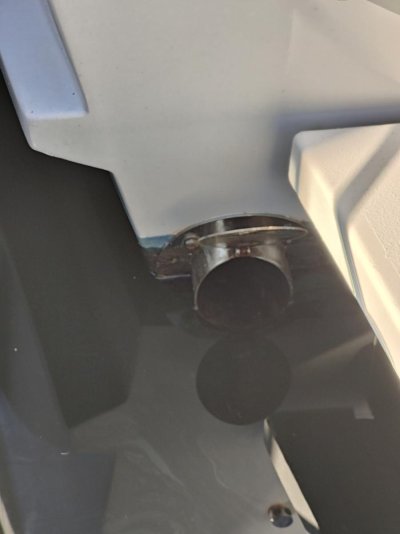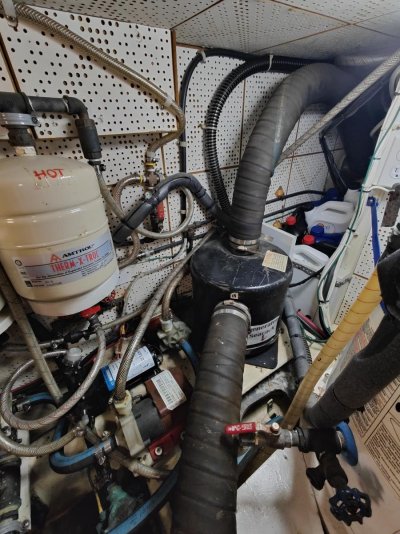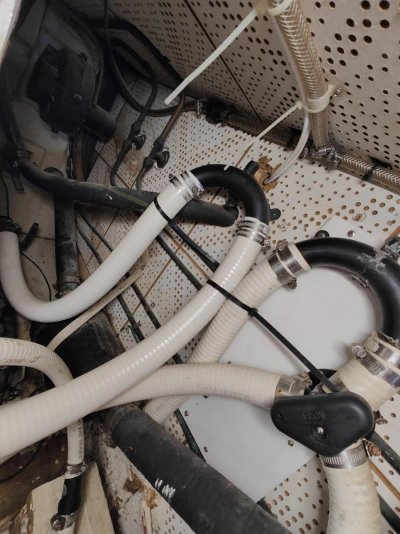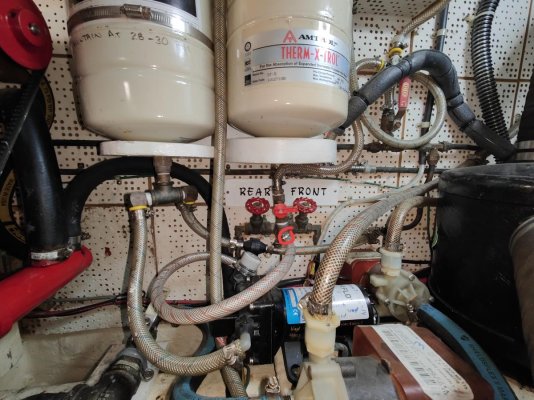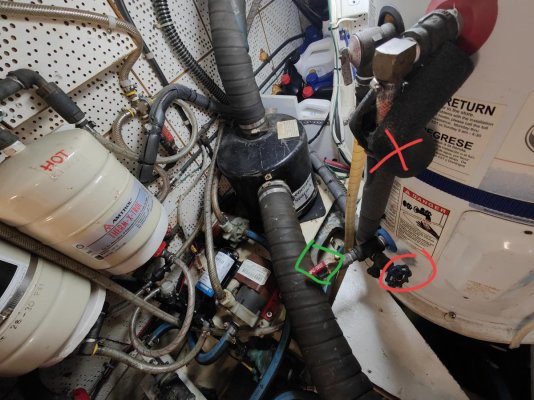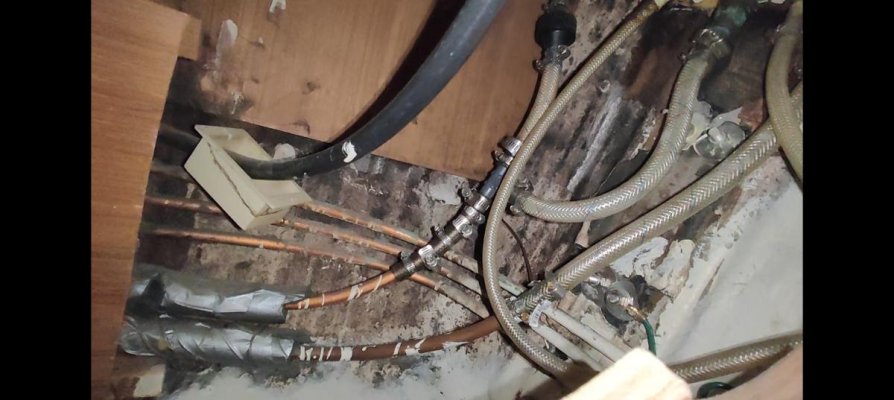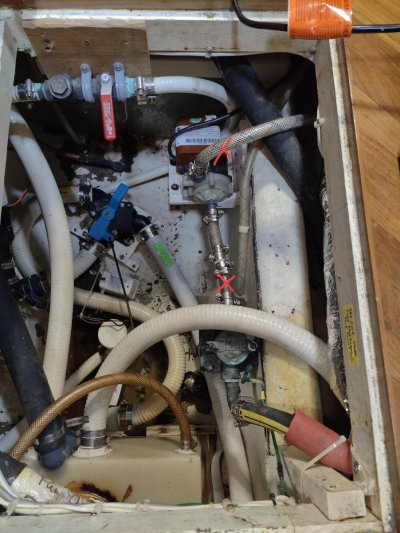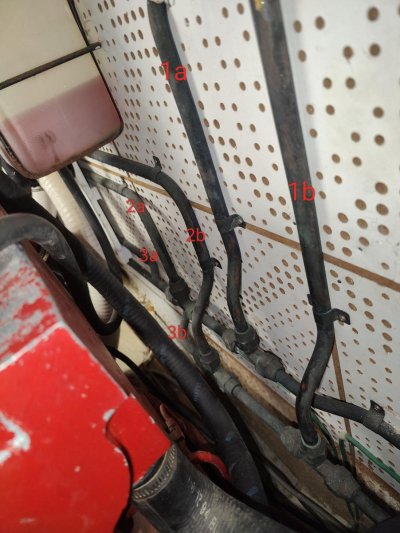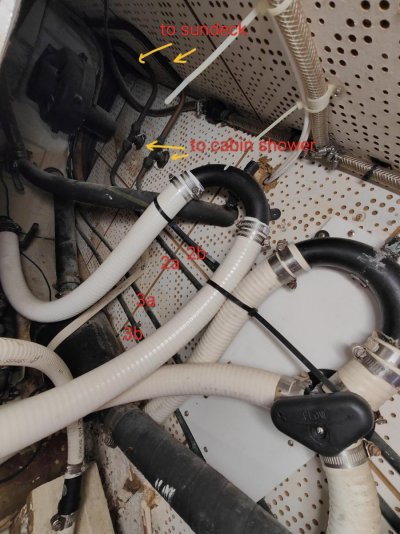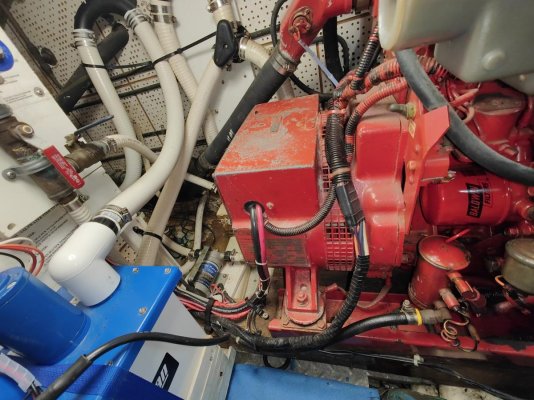Paulga, I banged out my post #15 late last night. I have some more thoughts I'd like to share with you.
I've lived aboard off and on over the years in the Seattle area, a much more mild climate than NYC. We usually get a stretch of a few days to a week or two of sub freezing weather. I would say the typical overnight temps are mid 30 F to low 40 F. The last live aboard was purchased late in the year and I did not make heating a priority so I had to piece it together and stumble through that 1st winter. She was a 40 ft Tolly tri-cabin so a similar interior volume to your Marine Trader 40. She had a small base board heater in each cabin. I do not know their wattage. She had a propane catalytic heater in each cabin as well. I removed those because I don't trust them.
It became clear on the first cold night I was not going to be living aboard without more heat. Because it was already the heating season, like now, and I was already living aboard I didn't want to really tear into things and put in proper heating.
I discontinued use of the baseboard heaters and moved to space heaters with fans to better move the small amount of heat around. I purchased a knock off Espar air heater if I remember correctly 7,500 BTU. The combination was not nearly enough. I could heat one cabin to comfortable temperatures. But not even reach that level of comfort when the outside temps stayed below freezing for a few days.
I learned a lot that winter.
- I don't like being uncomfortably cold all the time.
- It really does take 35,000 to 50,000 BTU to comfortably heat a 40 ft boat. 50,000 is much better than 35,000 when it's cold enough there is snow on the decks.
- The best way to get 35,000 to 50,000 BTU on a boat is to burn diesel.
- Get creative in additional heating. I found a heated mattress pad a great help. It doesn't draw much power, turn it on 30 min before going to bed. If like many you spend some time in the evenings on the internet, watching TV or reading sitting in your favorite chair put a heating pad under your feet or get some electric socks.
- During cold snaps close off on cabin, your choice. Best to inhabit the smaller cabin.
- If you don't heat your engine room the cabin floor above will be cold, very cold.
A boat is a small living space. It's hard to get away from the windows. A single pane window lets a lot of heat out or cold in, depends upon how you look at it. Some liveaboards use stick on window coverings to help with that. I never tried it.
All of my live aboard boats have had a moisture problem in winter. Showering, cooking and just living add a lot of moisture to the air. A boat is not well insulated. Condensation is going to be a problem showing up as mold if you don't stay on top of it. Under mattresses, in lockers, drawers and cabinets. The best ways to minimize condensation are lots of heat and ventilation. Ventilation to the outdoors as well as leaving locker doors and drawers cracked open.

